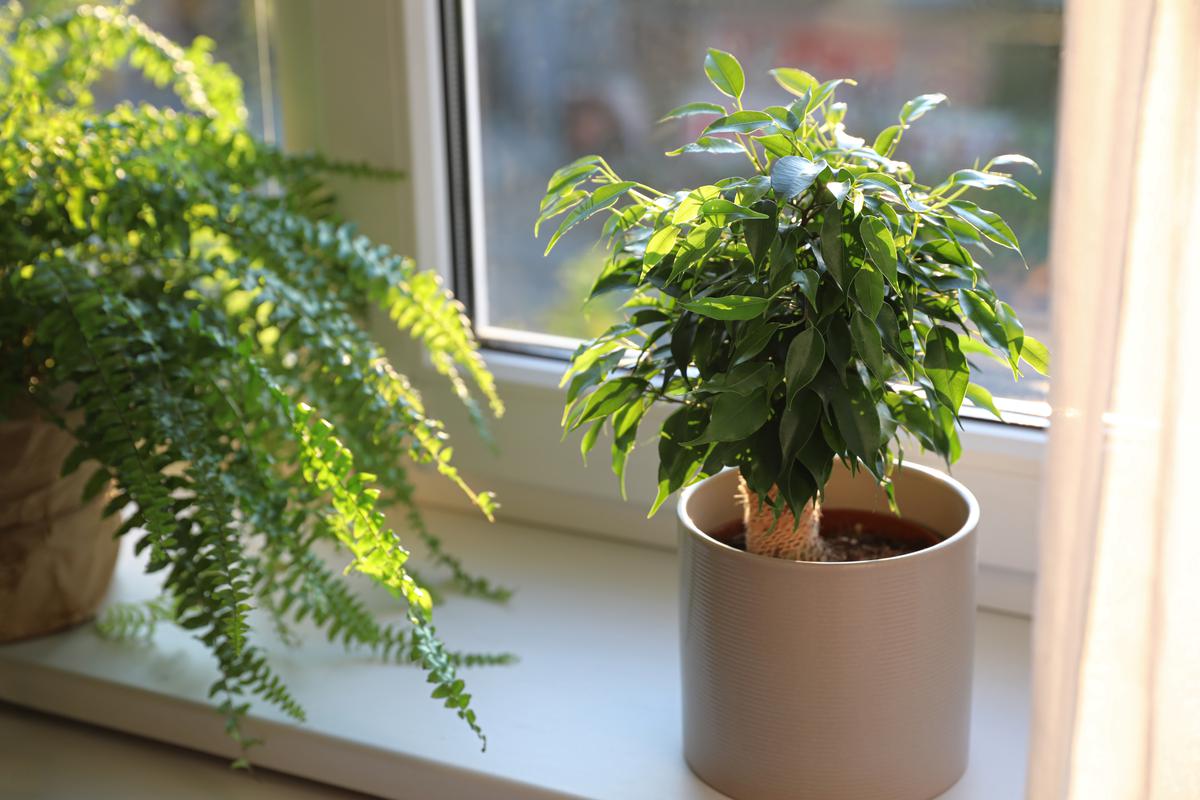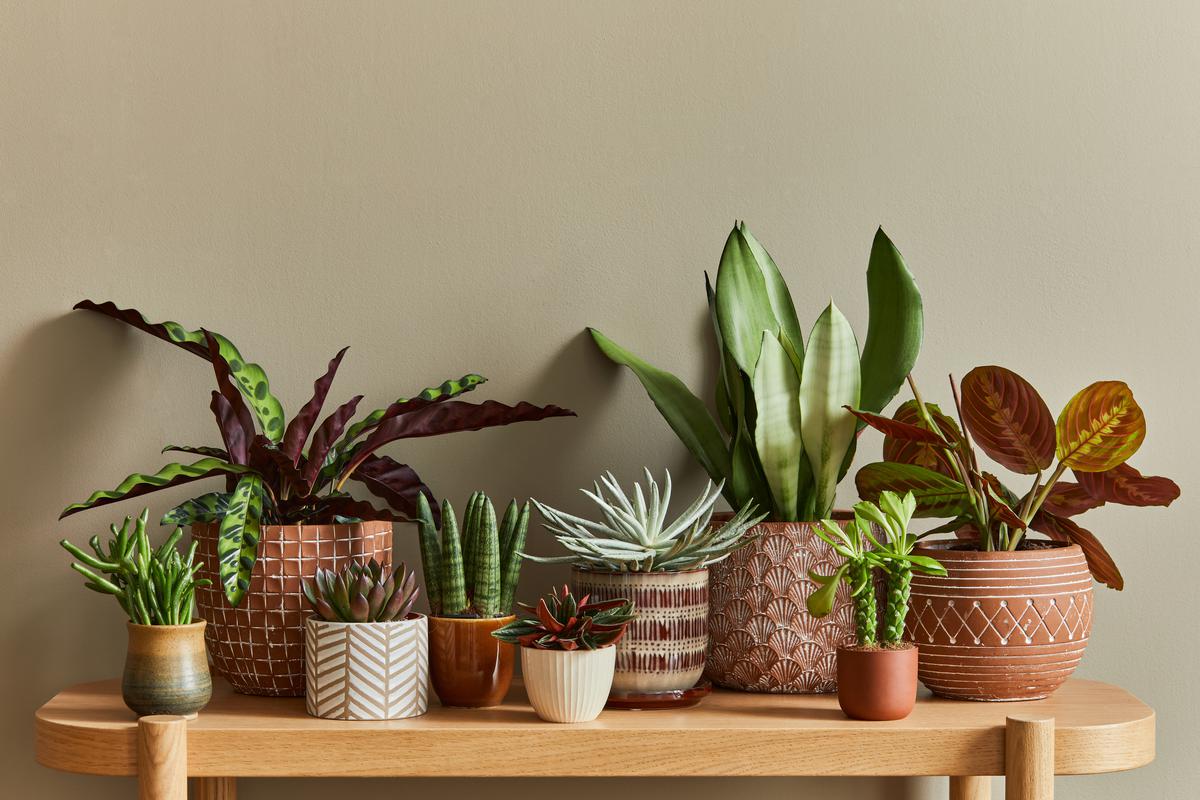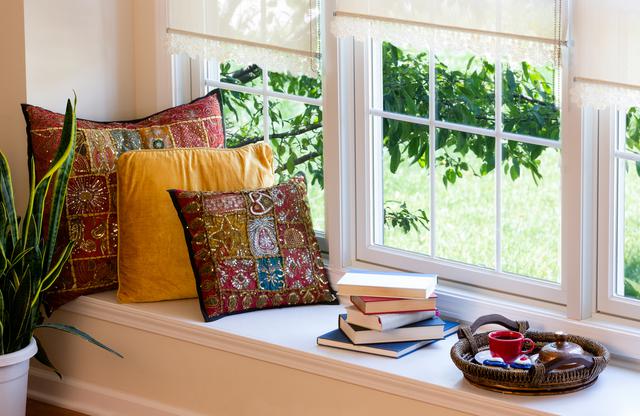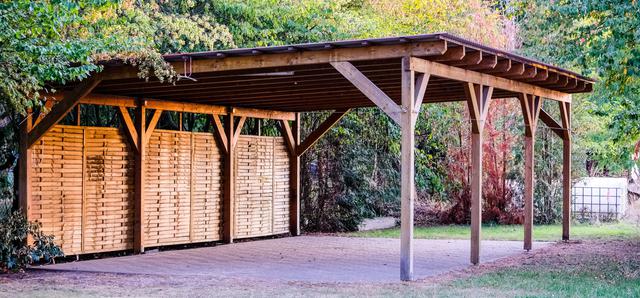Having a selection of houseplants allows you to bring nature into your home. Indoor plants boast a variety of benefits ranging from stress relief to air purification. Most importantly, they provide aesthetic value to any interior space. It is known that our brains process the color green most easily, which is why any houseplant can practically be therapeutic in a way. With all the benefits that indoor greenery offers, it only makes sense that we return the favor by providing the necessary care. Indoor gardening shouldn’t be a daunting task, however. Once you get the gist of it, it can be a truly rewarding and enjoyable experience — after all, you’re tending to an actual lifeform.

How Often Should You Water Your Houseplants
As with all potted or backyard plants, houseplants require constant watering. Make sure the entire root ball is wet, and allow surplus water to seep through the bottom of the container. Get rid of any water that’s been sitting in the tray for more than a couple of days. Otherwise, you may be exposing your plant to root diseases. Let the soil dry up just enough before the next irrigation. You can test the moisture of the soil by sticking your finger halfway into it. If you sense that it’s dry, you may want to water the plant.
Another way to check for dryness is by lifting the container. A newly watered pot will naturally be heavy and will get lighter the more the soil dries. To prevent a buildup of salts and sediments, water your plants excessively on a quarterly basis. Consider doing this in a sink or outdoors to avoid making a mess.
Provide Lighting as Needed

Your Houseplants Have Unique Lighting Needs
Lighting requirements of houseplants vary according to the types you keep. While certain plants thrive in the strong light that shines through a south-facing window, others prefer the gentle morning light of a window that faces the east. You may also want to consider the fact that the intensity and quality of the light change with the distance from the window. On top of that, light intensity, and patterns differ according to the seasons.
Nevertheless, every houseplant that you keep will enjoy a certain amount of natural light. . To bring the best out of your flora, however, it is a good idea to provide them with their specific lighting needs. You can determine whether your houseplants are getting the proper amount of natural light by simply paying close attention to them. A plant that is getting too much light will turn yellowish or dull green. If it isn’t getting the amount of light it needs, on the other hand, it may get somewhat leggy.
Prune Old Growth

When and How to Prune Your Indoor Plants
Pruning your houseplants is an important part of indoor gardening. There are various reasons why you should trim your flora. Getting rid of dead leaves, stems, and flowers, for instance, prevents a host of diseases. Also, trimming old growth encourages the plant to be more lush and shapely.
Knowing when to prune your houseplants is another factor to take into consideration. While removing dead foliage should be done whenever you notice any, it is also best to trim living growth at the start of the growing season. In most cases, this is around late winter or early spring when plants typically get out of their dormancy. As for plants that flower, consider pruning directly after the flowering phase. This will ensure that future unopened buds aren’t cut off.
When trimming your plants, make sure to sterilize the pruner with rubbing alcohol or by holding the blades over a flame for a few seconds. You’ll want to make the cut at a 45-degree angle just above the bud. As for plants with softer stems, simply pinching the tip-off will result in denser foliage.
Increase the Humidity

Simple Ways to Control the Humidity Levels for the Greenery in Your Home
Indoor living spaces can sometimes be rather dry and drafty. Consider keeping your houseplants away from vents as well as doorways and drafty windows. You can raise humidity levels by filling a handful of pebbles in the catch-tray and on the surface of the soil. The pebbles will absorb moisture with every watering, ultimately creating a healthy level of humidity. Make sure, however, that the bottom of the pot is not in direct contact with the water. One way you don’t want to increase humidity is by misting your plants. Not only is this only a temporary solution, but it can also risk foliage diseases if done regularly.
Grouping the plants together is another method to consider. Doing so will strategically combine the humidity of each container. Alternatively, you can make use of a humidifier or a vaporizer.
Clean the Foliage

How to Maintain the Health of Your Indoor Flora
Dust that settles on the leaves of a houseplant blocks the light needed for its well-being. This hinders the photosynthesis that feeds and nurtures the plant. Using a moist towel or a clean rag lightly soaked in warm water, gently yet thoroughly wipe the foliage clean. This method is ideal for plants that are too large to move around.
In areas with moderate temperature, you may take smaller plants outside and rinse them off. Otherwise, a shower cabinet will do just fine. Consider using a spray bottle for plants that can’t handle the force of a hose or a showerhead. Such plants include cacti, bonsais, air plants, and succulents. As a matter of fact, misting might actually be the only way to clean many of these varieties — you obviously can’t wipe a cactus with a rag.
Refresh the Soil

Using Fresh Potting Soil Is Vital for Plants
Once every year or two, consider moving your houseplants to a new pot with fresh soil. The process involves removing the plant from the pot, breaking up the root ball as much as possible, and placing it in a clean pot with new soil. Unless you want your plant to grow larger, you can use a similarly sized pot as the replacement — maybe a couple of inches wider if the plant is pot-bound.
Make sure to use good quality potting soil for the new container. This is especially crucial for proper nutrition, adequate aeration, and the ability to retain moisture — all of which promote healthy roots. Avoid using soil from outdoors as you may be bringing in microbes and diseases. You can find a variety of packaged potting soils at plant nurseries and garden centers.
Do Pest Control

Effective Ways to Protect Your Houseplants from Pests
There’s always a possibility for pests to make their way to your indoor plants — even if you’re using sterile potting soil. Pests such as ants, aphids, and fungus gnats can cause your flora all kinds of trouble. Make sure to inspect your plants for signs of parasites on a regular basis. Should you come across any pests, treat the affected plants with an organic pesticide like neem oil. An alternative solution involves mixing a pint of water with dish soap and spraying it on the foliage and the soil. You may want to spray again with pure water after an hour or so to get rid of any soap residue.
Fertilize Accordingly

Indoor Plants Have Different Needs Regarding Fertilizers
Besides photosynthesis, houseplants require several other nutrients to thrive. Such nutrients mainly include nitrogen, potassium, and phosphorus. The plants absorb these minerals through their roots. In an outdoor environment such as a garden, plants typically obtain these nutrients from decaying twigs and leaves that fall nearby. Indoor houseplants, however, don’t have this advantage. The available nutrients eventually get depleted, which is why you’ll need to fertilize your flora on an occasional basis.
While many homeowners tend to fertilize their greenery on a weekly basis, others prefer to do it once every couple of months. However, it is generally best to lean towards under-fertilizing. During the winter, avoid using fertilizers altogether as the plants will most likely be dormant.
Fertilizers are nowadays available in a variety of forms including pellet, liquid, and slow-release. If you prefer a more organic approach, however, you can make homemade fertilizer out of coffee grounds, crushed eggshells, and chopped banana peels.





comments